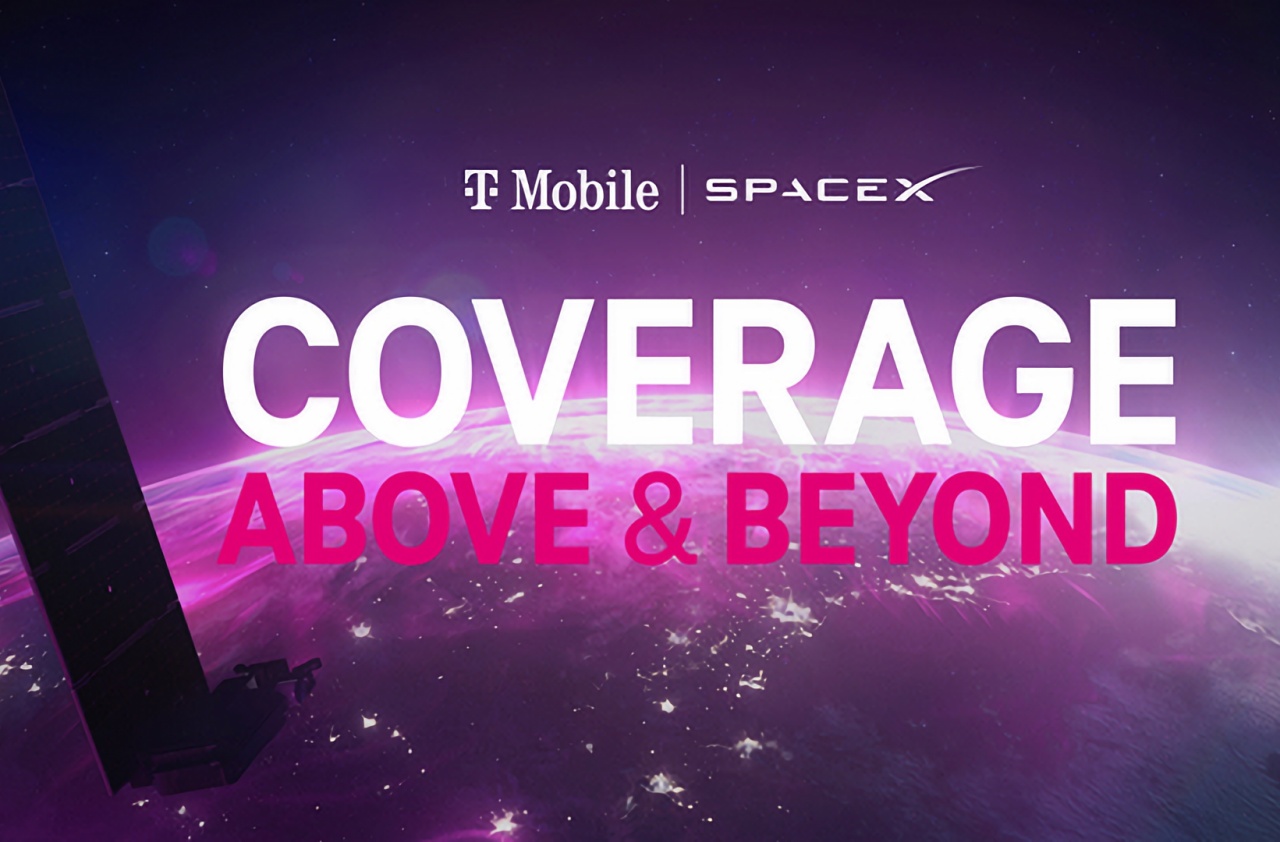SpaceX and T-Mobile are working together to make sure that there will be no more “dead zones” or places that cannot be reached by mobile signals. The partnership was personally announced by the spacecraft engineering company’s chief executive officer Elon Musk and the German telecom firm’s chief Mike Sievert.
The CEOs said they would be launching a new mobile service that will be powered by Starlink’s second-generation satellites and T-Mobile’s bandwidth. As per CNBC, Musk and Sievert appeared at an event that was held at SpaceX’s facility in Boca Chica, Texas, last week. The latter shared that their company will be dedicating some part of its mid-band PCS spectrum to the project, and this will be incorporated into Starlink satellites that are scheduled for launch next year.
All users of the T-Mobile network will be able to use the messaging service, MMS, and some other messaging apps from remote points in all parts of the lower 48 states, Hawaii, Alaska, and Puerto Rico. This is a powerful mobile network that can even reach some far-off points in the water.
Sievert said that later on, as the project runs smoothly, the service will eventually work with voice. T-Mobile further shared it is planning to include the services listed under its most popular mobile subscription plans. Then again, the company did not mention any specific pricing or range of rates for the new service.
On the other hand, Musk said the new service would operate using Starlink’s second-generation satellites that have massive antennae. These satellites will allow the direct transmission of messages to mobile phones.
Starlink is composed of a large network of satellites that were launched by SpaceX into low Earth orbit. These were designed to distribute high-speed internet in remote areas across the world. To date, SpaceX has sent more than 2,700 satellites to orbit to support this network.
“Leveraging Starlink, SpaceX’s constellation of satellites in low Earth orbit, and T-Mobile’s wireless network, the companies are planning to provide customers text coverage practically everywhere in the continental US, Hawaii, parts of Alaska, Puerto Rico and territorial waters, even outside the signal of T-Mobile’s network,” SpaceX said in a statement.
The company added, “The service will be offered starting with a beta in select areas by the end of next year after SpaceX’s planned satellite launches.”



 Nike Shares Slide as Margins Fall Again Amid China Slump and Costly Turnaround
Nike Shares Slide as Margins Fall Again Amid China Slump and Costly Turnaround  Citi Appoints Ryan Ellis as Head of Markets Sales for Australia and New Zealand
Citi Appoints Ryan Ellis as Head of Markets Sales for Australia and New Zealand  Oil Prices Climb on Venezuela Blockade, Russia Sanctions Fears, and Supply Risks
Oil Prices Climb on Venezuela Blockade, Russia Sanctions Fears, and Supply Risks  Robinhood Expands Sports Event Contracts With Player Performance Wagers
Robinhood Expands Sports Event Contracts With Player Performance Wagers  Silver Prices Hit Record High as Safe-Haven Demand Surges Amid U.S. Economic Uncertainty
Silver Prices Hit Record High as Safe-Haven Demand Surges Amid U.S. Economic Uncertainty  Singapore Growth Outlook Brightens for 2025 as Economists Flag AI and Geopolitical Risks
Singapore Growth Outlook Brightens for 2025 as Economists Flag AI and Geopolitical Risks  Toyota to Sell U.S.-Made Camry, Highlander, and Tundra in Japan From 2026 to Ease Trade Tensions
Toyota to Sell U.S.-Made Camry, Highlander, and Tundra in Japan From 2026 to Ease Trade Tensions  Amazon in Talks to Invest $10 Billion in OpenAI as AI Firm Eyes $1 Trillion IPO Valuation
Amazon in Talks to Invest $10 Billion in OpenAI as AI Firm Eyes $1 Trillion IPO Valuation  RBA Unlikely to Cut Interest Rates in 2026 as Inflation Pressures Persist, Says Westpac
RBA Unlikely to Cut Interest Rates in 2026 as Inflation Pressures Persist, Says Westpac  BoE Set to Cut Rates as UK Inflation Slows, but Further Easing Likely Limited
BoE Set to Cut Rates as UK Inflation Slows, but Further Easing Likely Limited  Austan Goolsbee Signals Potential for More Fed Rate Cuts as Inflation Shows Improvement
Austan Goolsbee Signals Potential for More Fed Rate Cuts as Inflation Shows Improvement  Asian Currencies Slip as Dollar Strengthens; Indian Rupee Rebounds on Intervention Hopes
Asian Currencies Slip as Dollar Strengthens; Indian Rupee Rebounds on Intervention Hopes  Dollar Holds Firm Ahead of Global Central Bank Decisions as Yen, Sterling and Euro React
Dollar Holds Firm Ahead of Global Central Bank Decisions as Yen, Sterling and Euro React  Oracle Stock Slides After Blue Owl Exit Report, Company Says Michigan Data Center Talks Remain on Track
Oracle Stock Slides After Blue Owl Exit Report, Company Says Michigan Data Center Talks Remain on Track  South Korea Warns Weak Won Could Push Inflation Higher in 2025
South Korea Warns Weak Won Could Push Inflation Higher in 2025  Oil Prices Rebound as Trump Orders Blockade of Sanctioned Venezuelan Tankers
Oil Prices Rebound as Trump Orders Blockade of Sanctioned Venezuelan Tankers  OpenAI Explores Massive Funding Round at $750 Billion Valuation
OpenAI Explores Massive Funding Round at $750 Billion Valuation 

























